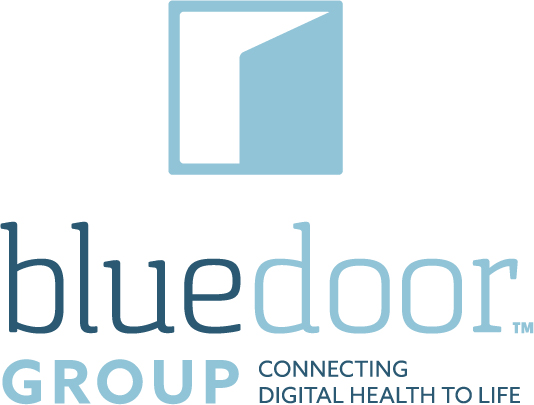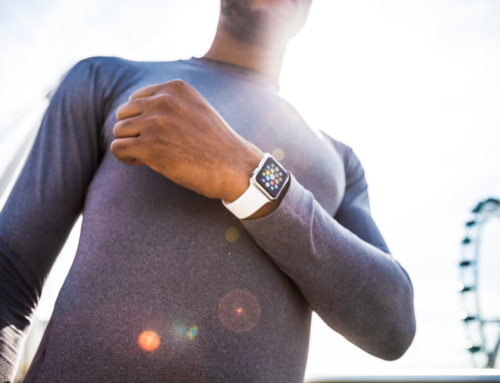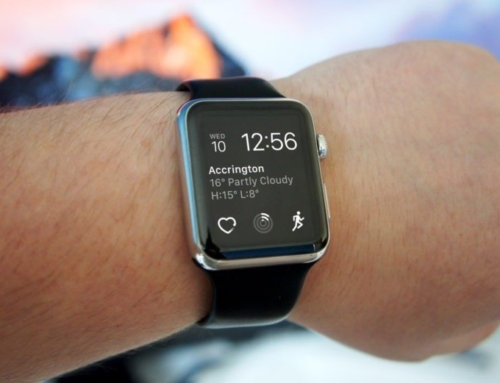By Evan Sweeney |
Of the nearly 4.5 million people enrolled in Humana’s wellness program, just 1.2% used an activity tracker.
But the majority of those that did activate a device continued using it for six months, according to a new study published in the Annals of Internal Medicine that offers the first robust evaluation of wearables within wellness programs.
In one of the largest studies of wearables usage to date, researchers at the University of Pennsylvania combed through two years of data from HumanaVitality, now known as Go365. They discovered that although initial usage of activity trackers barely broke 1%, 80% of those that did engage continued using the device for at least six months.
Mitesh Patel, M.D., an assistant professor of medicine at the University of Pennsylvania’s Perelman School of Medicine and the lead author of the study, said most estimates of wearable device usage are based on surveys that often skew toward people with an interest in technology. This study, he says, is the first objective look at usage on a national level.
“I think the rates we found better reflect actual uses than past surveys which have reported much higher usage,” he said in an email to FierceHealthcare, adding that insurers may be able to boost activation rates by offering discounts on wearable devices, tying incentives to premiums or focusing on the use of smartphones in addition to smartwatches and activity trackers.
The study also offered a peek into wearables usage among different demographics during 2014 and 2015. For example, more women activated the device than men, and activation was far more prevalent among those aged 22-49. While just 0.1% of members 65 and older activated their device, 90% continued using their activity tracker for six months, well above the younger demographics.
That sustainability may be due in part to the program’s incentive structure, which set a daily goal of 10,000 steps and used points and levels to incentivize users. Those points could be redeemed for gift cards, with incentives ranging from $0.25 to $0.40 per day.
“These findings could help inform ways to design wellness programs or other programs that leverage wearable devices by finding ways to target the types of members with lower engagement (e.g., older age, lower income) or using gamification and incentives to sustain engagement,” Patel said.
The study comes at a time when insurers are doubling down on efforts to integrate wearables into their wellness programs, even though user engagement and clinical evidence are often lacking. Last week, UnitedHealth added Samsung and Garmin to its portfolio of activity trackers shortly after announcing a health navigator program for Medicare Advantage members where data flows through a “virtual nerve center.”
Consumer technology companies like Apple and Fitbit are also vying for a larger role within the healthcare industry. However, the Humana study showed that Fitbit devices were far and away the most popular choice within the insurer’s program: nearly 70% of members that activated a device chose Fitbit, while just 14% used the Apple Watch.










